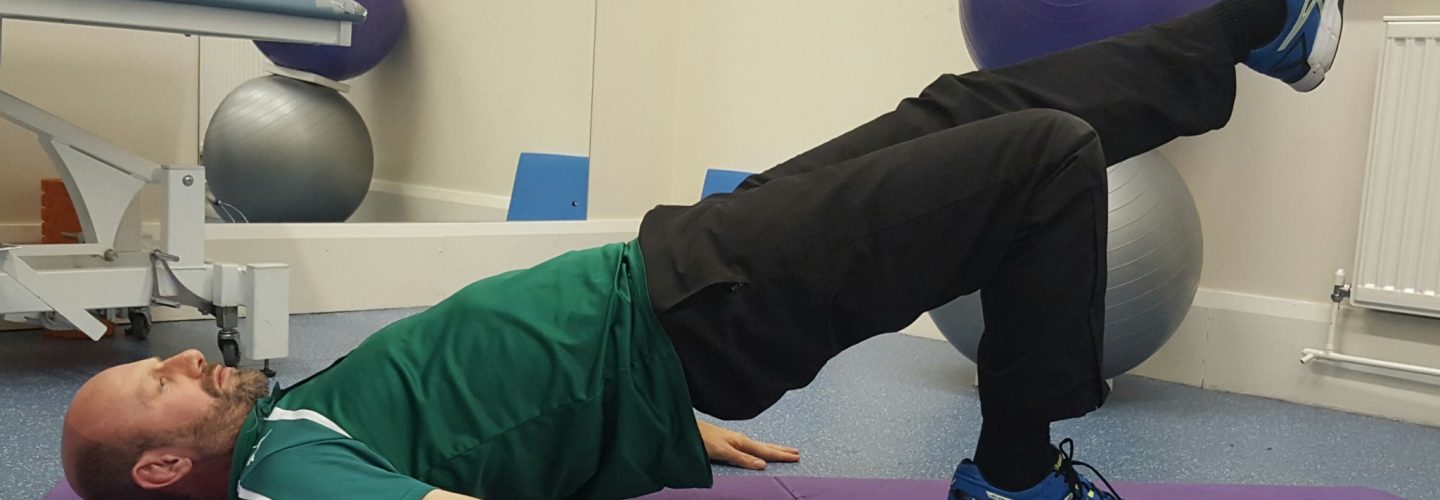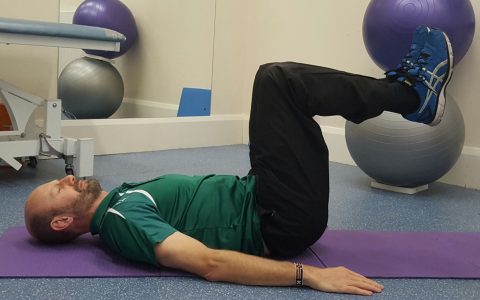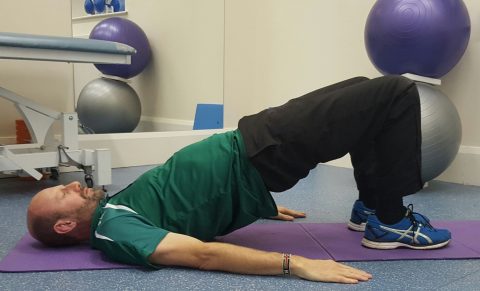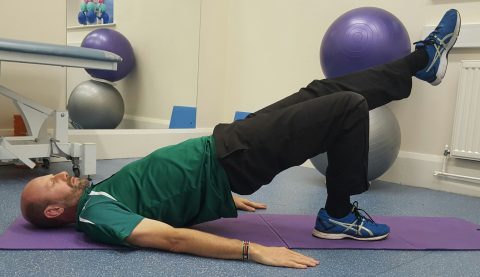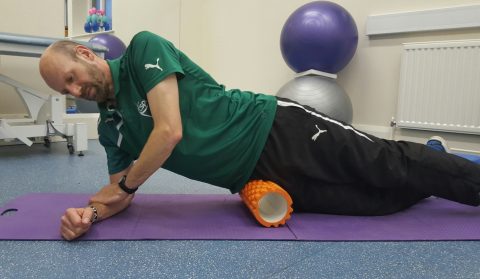CSPC Physiotherapy, based in Leeds, often see people returning from ski holidays on after picking up an injury, which with some simple injury prevention exercises and advice from a physiotherapist could have been avoided.
So CSPC’s physios have kindly put together a top of 10 tips to ensure we are all fully prepared for our ski holiday and have reduced our risk of injury.
“Our treatment philosophy is shaped from our experience in the treatment of elite athletes, including Jessica Ennis-Hill and the Brownlee brothers, to deliver life-improving results for all our clients – whatever their walk of life,” said a CSPC spokesperson.
Top Tips for stay injury free in the snow on your ski holiday this year
1. Fitness. If you’re going to want to ski every day, think about how you can safely increase your training in the run up to your trip. Consider any mix of aerobic exercise but, to avoid injury, do not increase exercise by more than 10% in a week. Be realistic and consider incorporating rest days or doing another activity such as ice skating with the kids on one day.
2. Balance and proprioception are vital for skiing. A simple exercise is a single leg balance, standing on one leg, making sure your toes are relaxed. Add head turns to the left and right or do these exercises on a bosu trainer to make even more challenging.
Single leg balance – ankle, knee and hip at a 90° angle. Keep toes nice and relaxed / Using a bosu try to balance on a single leg.
3. Functional stability (core strength). You need to be able to continually change your position to control your centre of gravity and keep your weight over your feet to stay upright on the slopes and the trunk muscles are key for this. Stability exercises include Pilates or Yoga style exercises.
Exercises to try:
One leg stretch – float both legs, one leg at a time to tabletop (knees bent so that the thighs are perpendicular to the floor and the shins are parallel to the floor) inhale to prepare, exhale to reach your left leg away, towards the wall on a diagonal line, inhale, fold this leg back into the tabletop position. Repeat alternating legs. Reps: 10
Lying on your back, one leg at a time lift both legs to tabletop.
Alternate legs, reaching away to the wall.
Shoulder bridge – resting on your back, inhale to prepare, exhale, gently roll your lower back into a mat, scoop your tailbone upwards and continue to peel your spine off the mat, bone by bone until you are resting on your shoulder blades, inhale and hold the shoulder bridge position, exhale, lower the shoulder bridge by lowering one bone at a time to the mat, beginning with the highest vertebrae of your bridge and finishing with your tailbone to return to neutral position. To make this more challenging lift one foot from the floor and then lengthen your left leg forwards, reaching for the wall in front of you, repeat with the other foot before lowering your spine to the floor. Reps: 10
Peel your spine, one bone at a time off the mat until you are resting on your shoulder blades.
Stick to double leg or to make the exercise more challenging lift one foot at a time from the floor and reach to the wall.
4. Strength and endurance. Your quads need to be strong and able to absorb the shock of the repetitive loading involved in skiing. Try some controlled double leg squats, holding the position for 10 seconds, you could add some weighted dumbbells to make the exercise more challenging. To condition your legs for absorbing the shock, try double jumps and single leg hops, ensuring that you land softly by allowing your knees to bend gently on landing.
(1) Fold at your hips and sit back with your weight through your heels and hold for 10 secs. (2) Step off a step and land double footed with a slight bend in the knee.
5. Flexibility and joint range of movement. Whilst skiing your ankles will be held fairly stiffly in boots, requiring a good range of movement in your hips and knees. Sit cross legged and see how far you can lower both knees to the floor. If you have any restriction, or one side is tighter than the other, it is worth trying to improve this with stretching, self massage or seeing a good sports physiotherapist.
Using a foam roller or deodorant bottle roll along outside the hip.
6. Come round / Warm up. Travelling can leave you tight and twisted so don’t rush out on to the slopes. Allow time to get over the journey and do some back loosening exercises – simple knee rolls, lying on your back with your knees bent, rolling your knees side to side. A cat stretch or yoga style vinyasa (downward facing dog to upward facing dog) is a great combination mobility exercise. Just before skiing do a few activation exercises, a few squats ideally combined with knees deviating to the left and right whilst maintaining a good upright body position.
Keeping your shoulder blades on the floor, gently and slowly rotate through the middle of your back side to side.
With a small bend in the knee and knees together, deviate the knees to each side.
7. Cool down before enjoying après ski. Try a gentle swim, jacuzzi session or gentle flush massage or stretch any tight areas and lightly self-massage them. If any areas feel really sore and painful apply ice or snow for ten minutes, taking care to avoid ice burns. However if you think you are injured, get a medical checkup but make sure your insurance will cover it.
8. Falling is intrinsic to learning to ski or snowboard. Practice how to fall safely, initially in soft snow without skies and then with skis to ensure boot bindings are correct. On instinct you may try and stop the fall with an outstretched hand, which is probably going to result in injury so should be avoided.
9. Ski to your ability. If you only ski once a year, do not attempt to start from where you finished last year. Many injuries happen due to skiers trying harder runs than they’re ready for. Consider a refresher at ski school or booking a local ski guide for the harder runs or skiing off piste.
10. Respect other skiers and snow boarders. The worst injuries we have seen in the clinic, with skiers and snowboarders, have been due to collisions with other people with rehabilitation taking several months due to the severity of their injuries. If you’re taking a rest make sure that you do this in a safe place. Save the celebrations for when you have finished skiing, alcohol does reduce the speed of your reactions.
“Finally, enjoy your time in the snow, wish we were there!” CSPC Physiotherapy.
